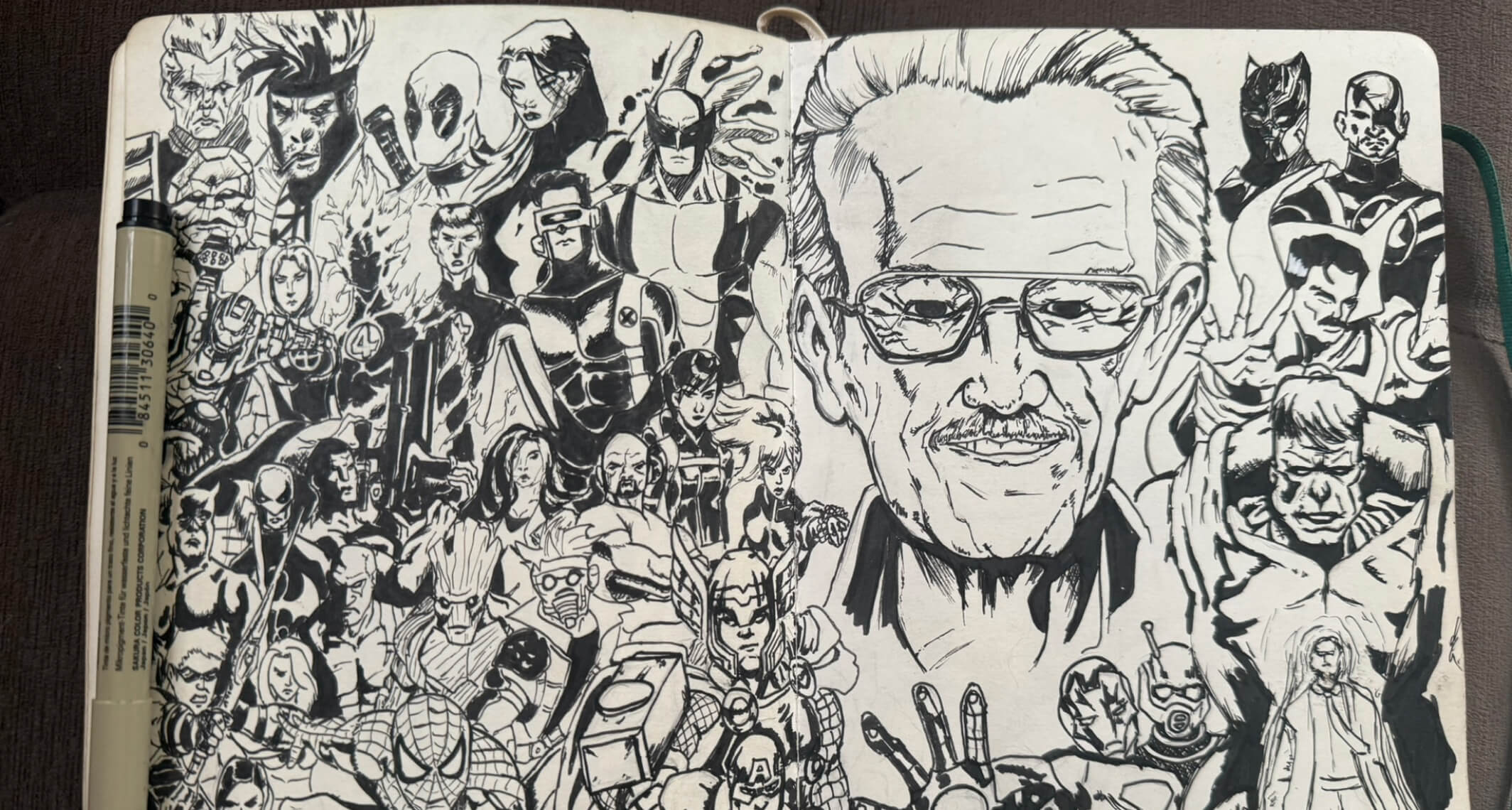Bad habits can hold you back in life and in art. They make progress feel like playing a game on insane mode while everyone else is playing the easy mode. The good news? Replacing them with better habits can completely change how fast and how well you improve.
After 22 years as a professional artist and a programmer, I’ve seen which habits make the biggest difference. These eight are the most powerful. If you want to grow quickly as an artist, start building them today.
1. Show up (consistently)
Art is learned by doing, not by watching from the sidelines. Tutorials are helpful, but if you never put pencil to paper, it’s just entertainment. That doesn’t mean you must draw every single day. Instead, aim to keep your “art brain” active daily:
- Do a 10 minute sketch.
- Practice gesture drawing.
- Study how light falls on objects around you.
- Even doodling while watching TV keeps momentum alive.
Momentum is everything. Five minutes a day is better than nothing. On average, it takes more than 2 months before a new behavior becomes automatic.
2. Take the child’s approach
Kids learn fast because they’re not embarrassed to fail. They make mistakes, get corrected, and keep on going. Adults, on the other hand, build walls, we protect our egos, resist feedback, and stop asking for help.
The fix? Drop the ego. Stay curious. Ask specific questions when seeking feedback (e.g., “How can I improve the lighting here?”). The more precise your question, the more useful the answers will be.
Never stop learning, no matter your level.
3. Schedule Creative time
If you don’t make time for art, life fills the space with something else. Treat your practice like an appointment: set aside a regular time each week to create.
By scheduling it, Saturday morning, evenings before bed, whatever works, you give your brain time to prepare. You’ll sit down with an idea of what to work on instead of staring at a blank canvas.
4. Take daily Observation Breaks
Observation is the most important skill an artist can develop. Train it by deliberately studying objects around you, even when you’re not drawing.
Try this: set an alarm once a day. When it rings, take five minutes to look closely at something nearby, a coffee cup, your hand, a plant. Ask yourself:
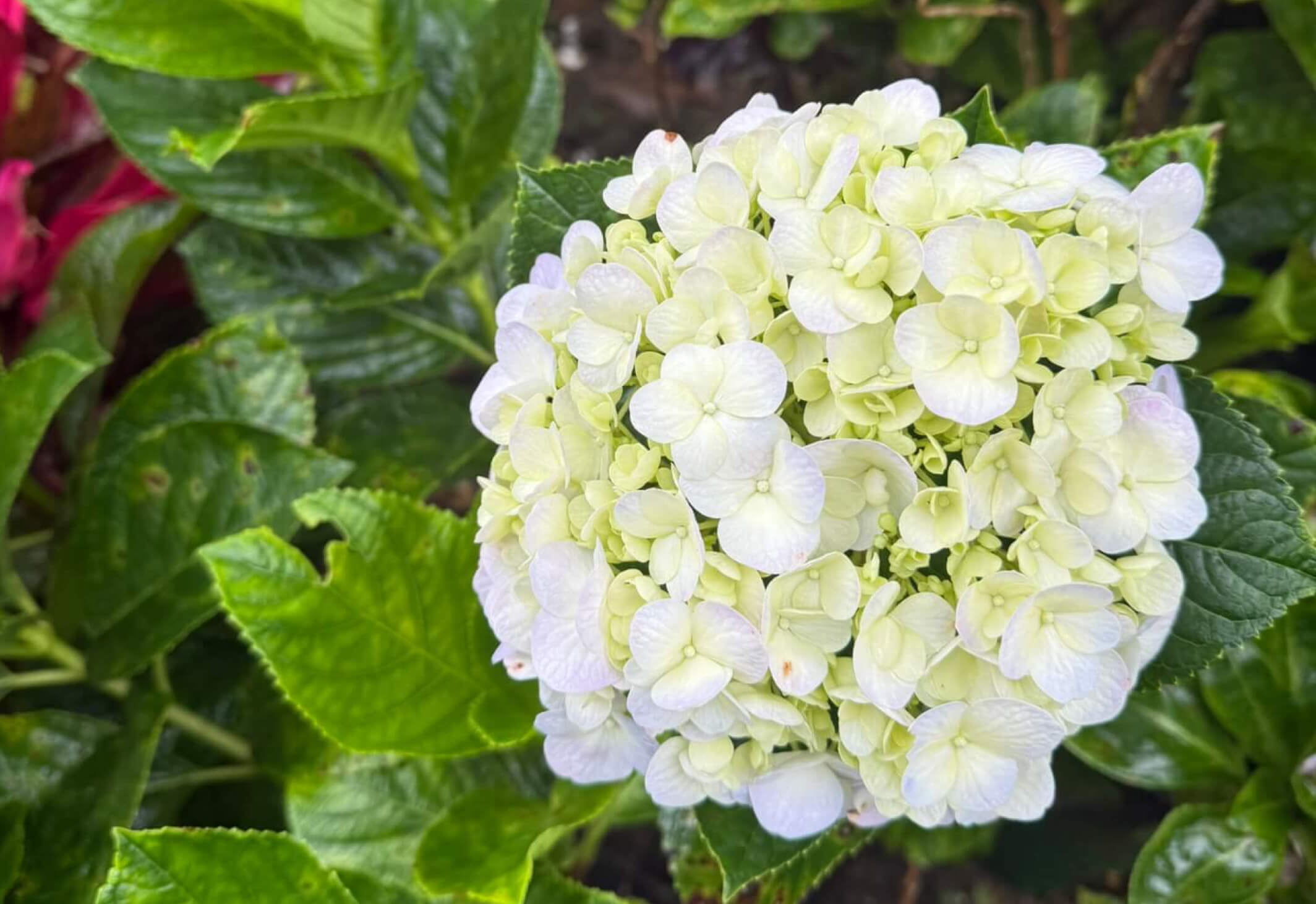
- What basic shapes build this object?
- How would I simplify it in a line art?
- Where are the shows falling?
Do this long enough and it becomes automatic. You’ll unlock your sharingan eyes, and your drawings will improve drastically.
5. Value inspiration
Inspiration can strike at the most random times, so it pays to be ready. Keep a small sketchbook with you to capture ideas as they come. And if you don’t have one handy, jot a quick note in your phone to remind yourself what you wanted to draw. I’m not affiliated with this brand, but I personally use the Limelight Sketchbook from the National Book Store. If your outside of the Philippines, here’s a similar option on Amazon
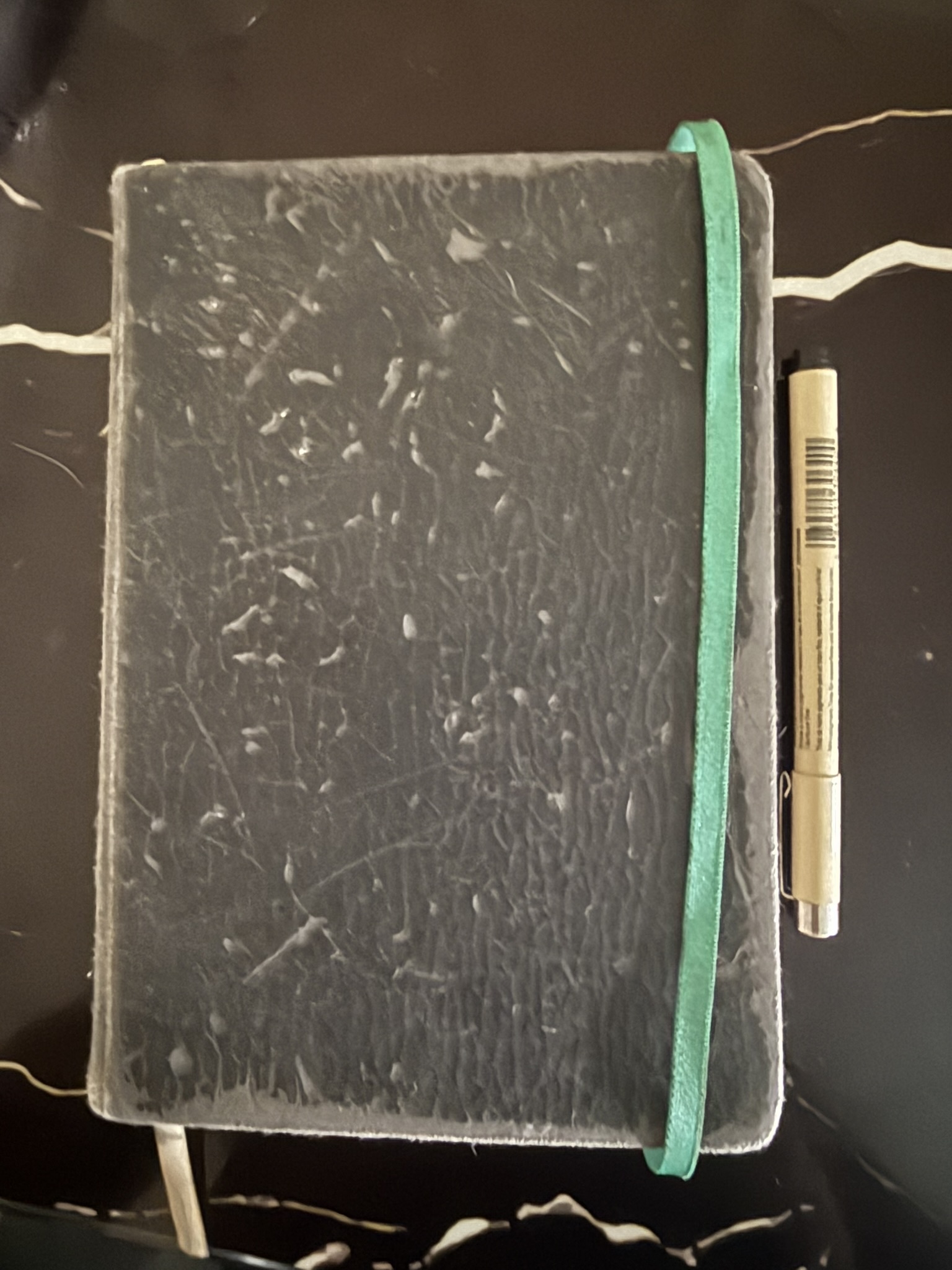
Seek new experiences, walk new neighborhoods, visit museums, watch films outside your usual genres.
Fresh input feeds your creativity. When inspiration strikes, you’ll be ready.
6. Study process, Not Just results
Looking at a finished masterpiece can be inspiring, but it doesn’t teach you much. What matter is the process:
- How the artist started.
- What problems they ran into
- How they fixed them.
Watch time lapses, tutorials, and live streams. Pay attention to the decisions behind the strokes. That’s where the real learning happens.
7. Focus on your own progress
Constantly comparing yourself to artists years ahead of you is a motivation killer. Instead:
- Keep track of your growth by looking back at older pieces. Few things feel better than realizing how much progress you’ve made. It’s like going to the gym, when the same weight suddenly feels lighter than last week, you know you’re getting stronger. Art works the same way.
- Limit “doom scrolling” on Instagram or ArtStation. Set a timer (15 minutes, max). Spend the rest of your time creating.
Look to others for reference but measure your success against your own progress.
8. Keep some art private
Not every drawing needs to go online, In fact, posting everything can trap you into creating what you think others want, not what you want.
Protect your passion by keeping some art just for yourself. Experiment with weird styles, explore subjects that might not get likes, or just play.
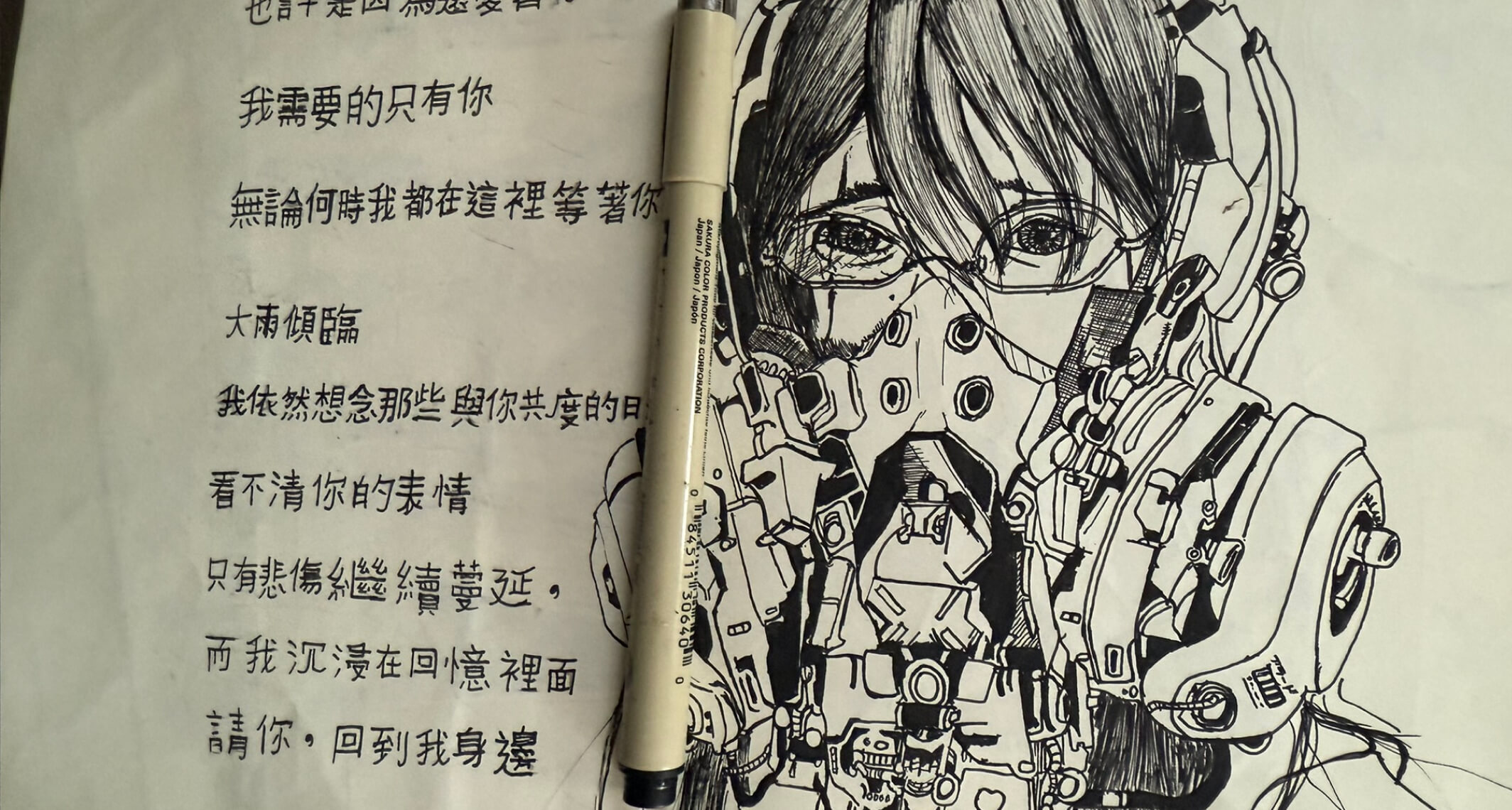
As a rule of thumb: for every piece you share, make one piece that’s just for you. This balance keeps art fun and authentic.
Final Thoughts
These eight habits aren’t glamorous, but they’re game-changers:
- Show up
- Schedule your practice
- Observe daily
- Capture inspiration
- Study process, not just results.
- Focus on your progress
- Keep some work private
Adopt even a few of these, and your growth will speed up dramatically.
Discover More Posts
Keep exploring stories, insights, and creative notes from my journey as an artist. Check out the latest blog entries and find topics that inspire your own process.

How to Draw Stunning Anime Clouds
Learn to draw anime-style clouds with this easy, step-by-step cloud tutorial. You’ll pick up tips on shapes, color, and composition—plus get free cloud brushes to use in your own art.
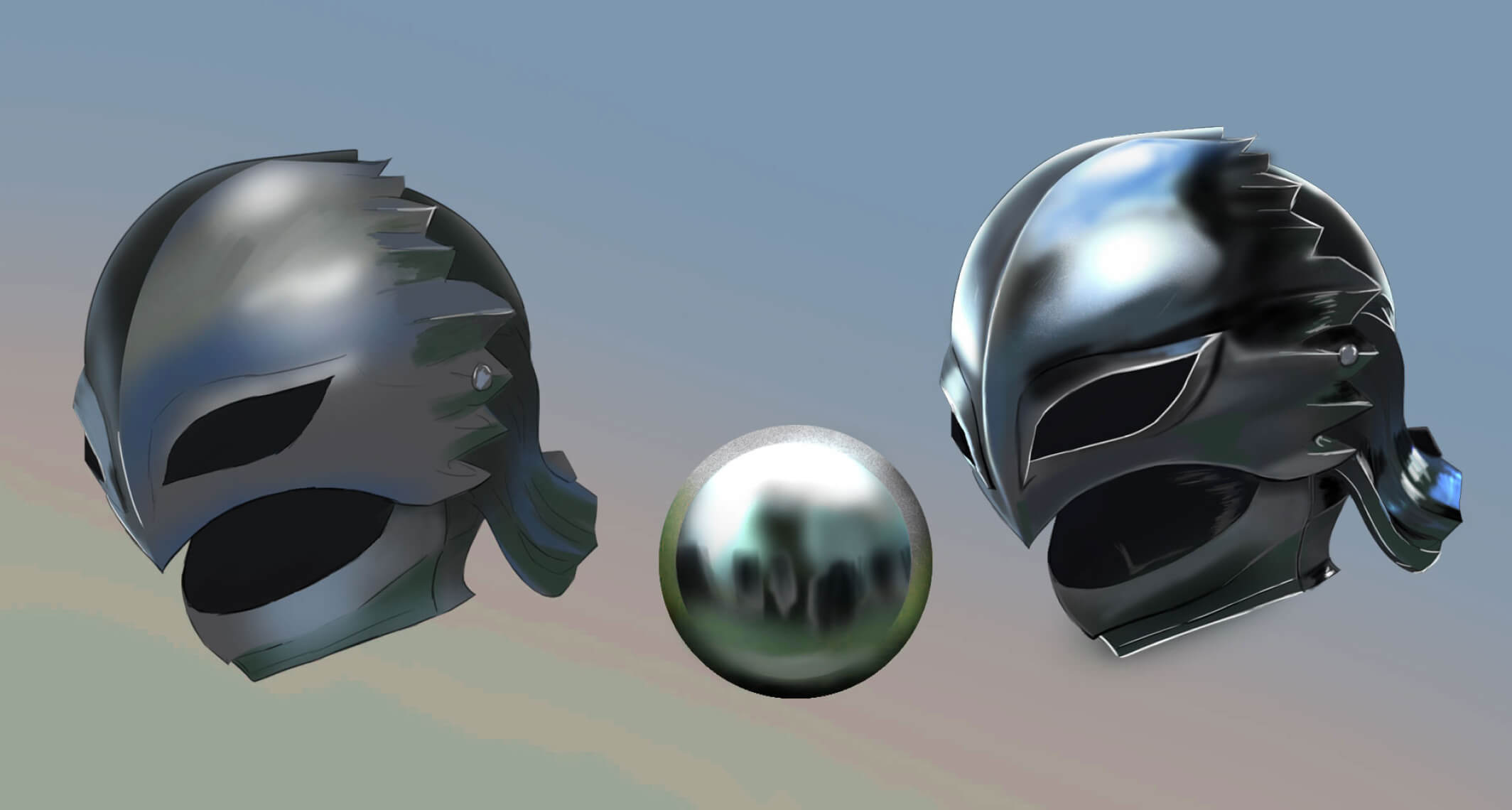
How to Paint Realistic Metal
Learn how to paint realistic metal with this step-by-step guide. From base colors to to lighting and reflections, get practical tips for your artwork shine, literally.

Color Theory Made Simple: A guide for Beginner Artist
New to Digital painting? This beginner-friendly guide breaks down hue, value, saturation, color harmonies, and practical tips to help you choose better palettes and level up your art.

